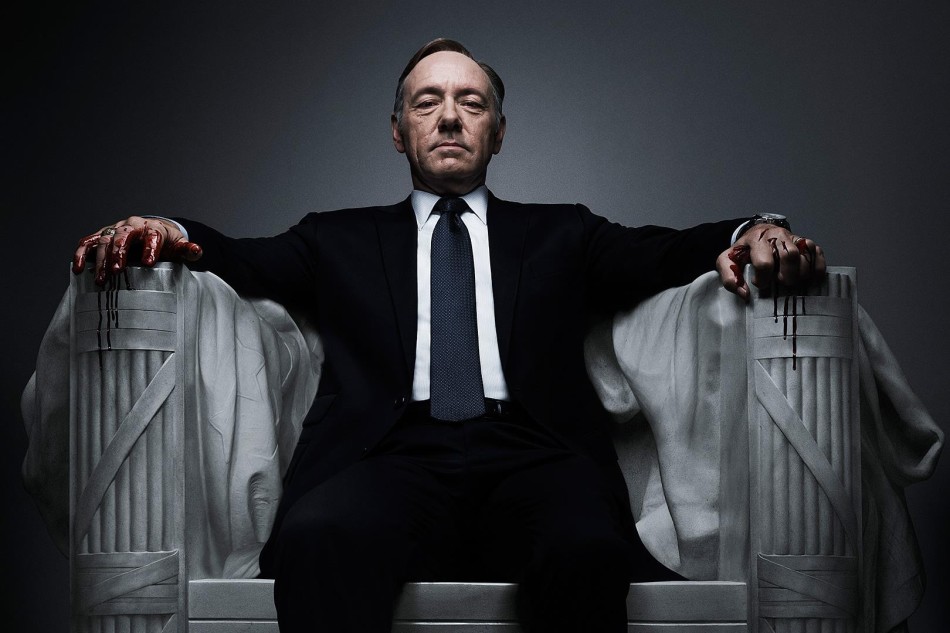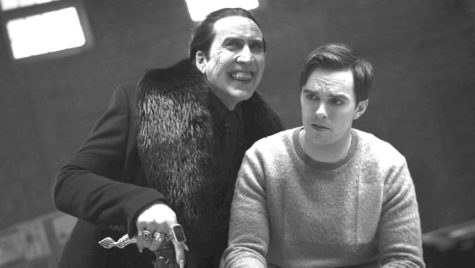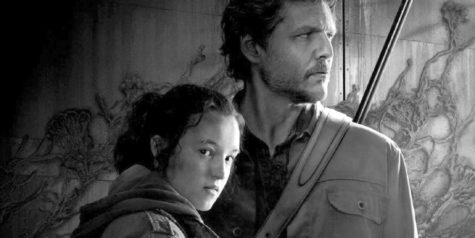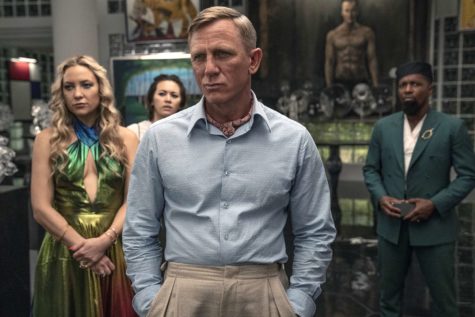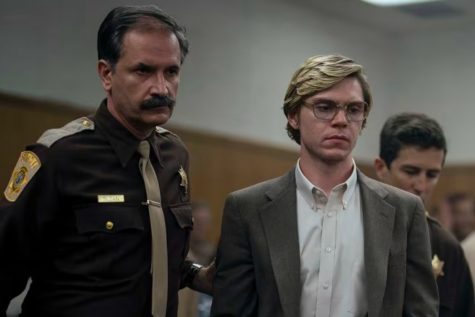House of Cards: “Democracy is so overrated.”
Sex, drugs, and murder, all in the guise of politics. It’s “bad, for the greater good,” as House of Cards star and House Majority Whip Frank Underwood (Kevin Spacey) would say.
Early in season one, Underwood is denied the promised nomination to Secretary of State, and the plot is launched into action with his vengeance scheme. However, by the time season two rolls around, Underwood’s original motivation is nearly forgotten, replaced by his own blood thirsty lust for power. Any man or woman standing in Frank’s way is either cut down or humiliated, sometimes both. It seems the only two people Frank trusts are his wife Claire (Robin Wright), or his loyal chief of staff, Doug Stamper (Michael Kelly). Both are just as cold and detached from humanity as Underwood is.
Claire Underwood is the loyal wife any man would want, constantly making sacrifices for her husband’s cause. That is, if you’re the kind of man Francis (as Claire calls him) is. There is nothing Claire wouldn’t do; she even approves of Frank’s affair with amateur journalist Zoe Barnes (Kate Mara), because as Oscar Wilde once said, “Everything is about sex, except for sex. Sex is about power.” In the closing episodes of season two, the audience is treated to a glimpse of Claire having a breakdown, and for the first time, facing feelings of guilt. This lasts about ten seconds before she regains her composure and returns to her chilly self. When Frank seems to be losing control over the White House, Claire beats him back into shape, saying “Seduce him [the president]. Give him your heart. Cut it out and put it in his [expletive] hands.”
At the beginning of every episode, the viewer is treated to an intricate introduction sequence, featuring the intimidating theme music avid watchers have come to recognize, dominated by the thundering of the bass, supported by brass and strings. Many iconic landmarks of D.C. drift across the screen, filmed with motion time-lapse, including the Potomac River, the Bloomingdale Neighbourhood, the Capitol, the Arlington Memorial Bridge, as well as many other less recognizable features.
The cinematography of the show is spectacular, providing many clichéd-but-well-executed over-the-shoulder angles. The emphasis on shadows is intriguing, which appear everywhere except in the Capitol and White House, which are ironically bathed in a pure white light. Several times throughout each episode, Spacey turns to face the camera, and addresses the audience directly. “There are two types of vice presidents,” he says early in season two. “Doormats and matadors. Which do yo think I intend to be?”
House of Cards creator Beau Willimon “got an in-the-trenches perspective,” as he put it to Rolling Stone, by first working as an intern on Chuck Schumer’s 1998 Senate campaign, before moving on to Hillary Clinton’s Senate campaign in 2000, and finally Howard Dean’s presidential campaign in 2004. Willimon went on to write the play Farragut North, which he later adapted for the screen as “The Ides of March,” starring George Clooney and Ryan Gosling. In House of Cards, Willimon has pushed the intensity pedal to the floor. “I felt like I was making a really long movie,” said Mara.
All in all, House of Cards is one of the most exciting, as well as the darkest, show on the network. The release date of season three is still up in the air, although it is predicted that Netflix will “drop” all the episodes of the next season on us the way it did the previous two.


